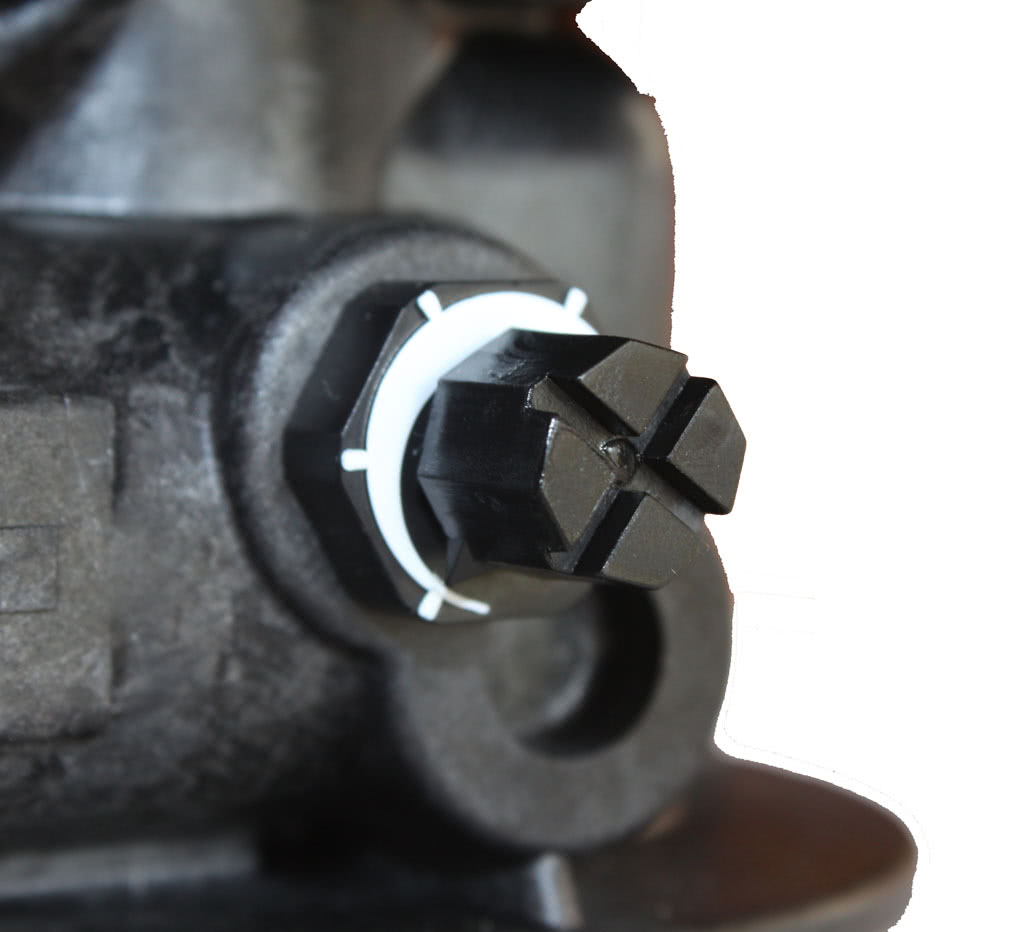How is the dilution and residual hardness adjusted?
Jan 31, 2024, 14:47:12
What is an intersection/intersection unit?
Untreated water is added to the softened water via a blend. This makes it possible to set a residual hardness. A softening system always first softens the water completely to 0° dH. By adding untreated water, you essentially increase the water hardness again. Depending on the system type, the blending controller is located directly on the control unit (Basic single systems) or on the connection block (Duplex double systems).

How do I set the intersection?
Important: For basic systems, the residual hardness must be set on the control valve in addition to the blending controller, otherwise the electronics will calculate with the wrong values. In duplex systems, the residual hardness in the electronics must always be set to 0.
If you have set the control valve correctly, you can adjust the residual hardness on the blending device. To do this, turn the blending control all the way to the left (counterclockwise). The blending facility is now closed and the system now supplies 0-degree water. You test this at a nearby water extraction point using the titration set. Now turn the blending control up a little (clockwise) and measure the water hardness again. Repeat this process until the desired residual hardness is achieved.
Important: When measuring water hardness, please make sure that enough water flows through the pipes between setting the residual hardness and the measuring process. This means that the water first has to flow from the water meter through the system to your measuring point. To do this, let the water flow for at least a minute after setting the blending regulator (depending on the length of the pipe).
You may also be interested in
ManualsConnection & Setting
possible error causes
Advice & offers
Order & Payment



